Plate Tectonics
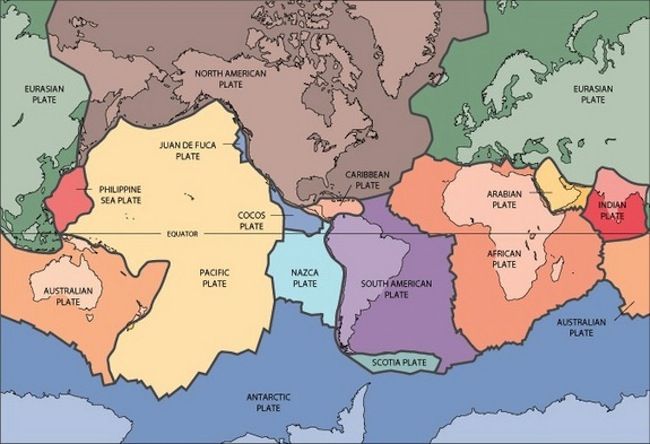
Plate tectonics is relatively new, put forth in the last 30 years or so — its forerunner was the now-discarded continental drift theory. The theory states that Earth's outer shell is made up of huge slabs of rock called plates that glide over the planet's inner layer, or mantle. As these plates shift, they sometimes collide with other plates, making for some interesting, and even deadly, results on Earth's surface, from erupting volcanoes, to earthquakes, to new mountain ranges. Here's a look at Live Science's news and features related to this constantly moving jigsaw puzzle.
Latest about plate tectonics
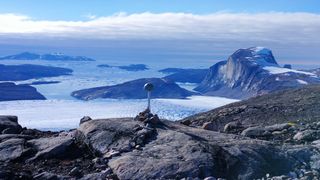
Greenland is twisting, tensing and shrinking due to the 'ghosts' of melted ice sheets
By Sascha Pare published
Earth's mantle is so gooey, it takes eons for material that has been displaced by the weight of ice sheets to flow back. And Greenland is very much still processing its glacial past, a new study shows.

Scientists discover first direct evidence that slivers of 'proto-Earth' may survive today
By Sascha Pare published
In a first, researchers have discovered fragments of Earth's precursor that contain distinctive chemical fingerprints in ancient rocks from Greenland, Canada and Hawaii.

Plate tectonics may be why Earth has life — and the key to finding life elsewhere in the universe
By Stephanie Pappas published
Feature Emerging evidence suggests that plate tectonics, or the recycling of Earth's crust, may have begun much earlier than previously thought — and may be a big reason that our planet harbors life.
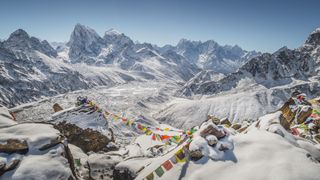
The geology that holds up the Himalayas is not what we thought, scientists discover
By Sascha Pare published
A 100-year-old theory explaining how Asia can carry the huge weight of the Himalayas and Tibetan Plateau needs to be rewritten, a new study suggests.

Lake Superior rocks reveal build up to giant collision that formed supercontinent Rodinia
By Aaron Sidder, Eos.org published
Using paleomagnetic samples collected along the shores of Lake Superior, a new study illuminates the movement of a billion-year-old paleocontinent as it crept south toward a tectonic collision.
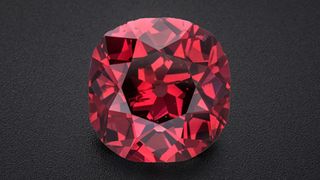
Why do diamonds come in different colors?
By Alice Sun published
The vast majority of polished diamonds are clear and sparkly, but some come in unexpected colors like blue, green and even pink. So why are some diamonds different colors?
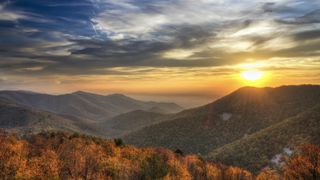
Hot blob beneath Appalachians formed when Greenland split from North America — and it's heading to New York
By Sascha Pare published
A hot blob currently beneath the Appalachians may have peeled off from Greenland around 80 million years ago and moved to where it is today at a rate of 12 miles per million years, scientists have found.
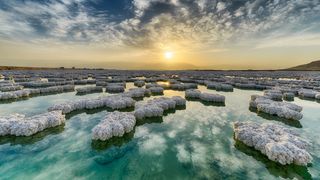
What's Earth's lowest point on land?
By Charles Q. Choi published
What's Earth's lowest spot on dry land — and how did it get to be that way?

Why is the Pacific Ocean so big?
By Charles Q. Choi published
Look at any world map and you'll see that the Pacific is the largest ocean. But how did it get so big?

Scientists discover strong, unexpected link between Earth's magnetic field and oxygen levels
By Sascha Pare published
Earth's magnetic field and oxygen levels have increased more or less in parallel over the past 540 million years, suggesting the two factors are linked in some way, researchers say.
Get the world’s most fascinating discoveries delivered straight to your inbox.


